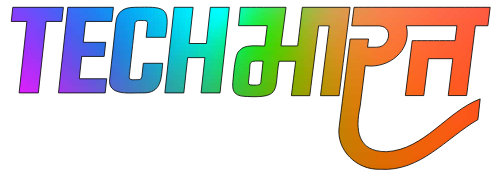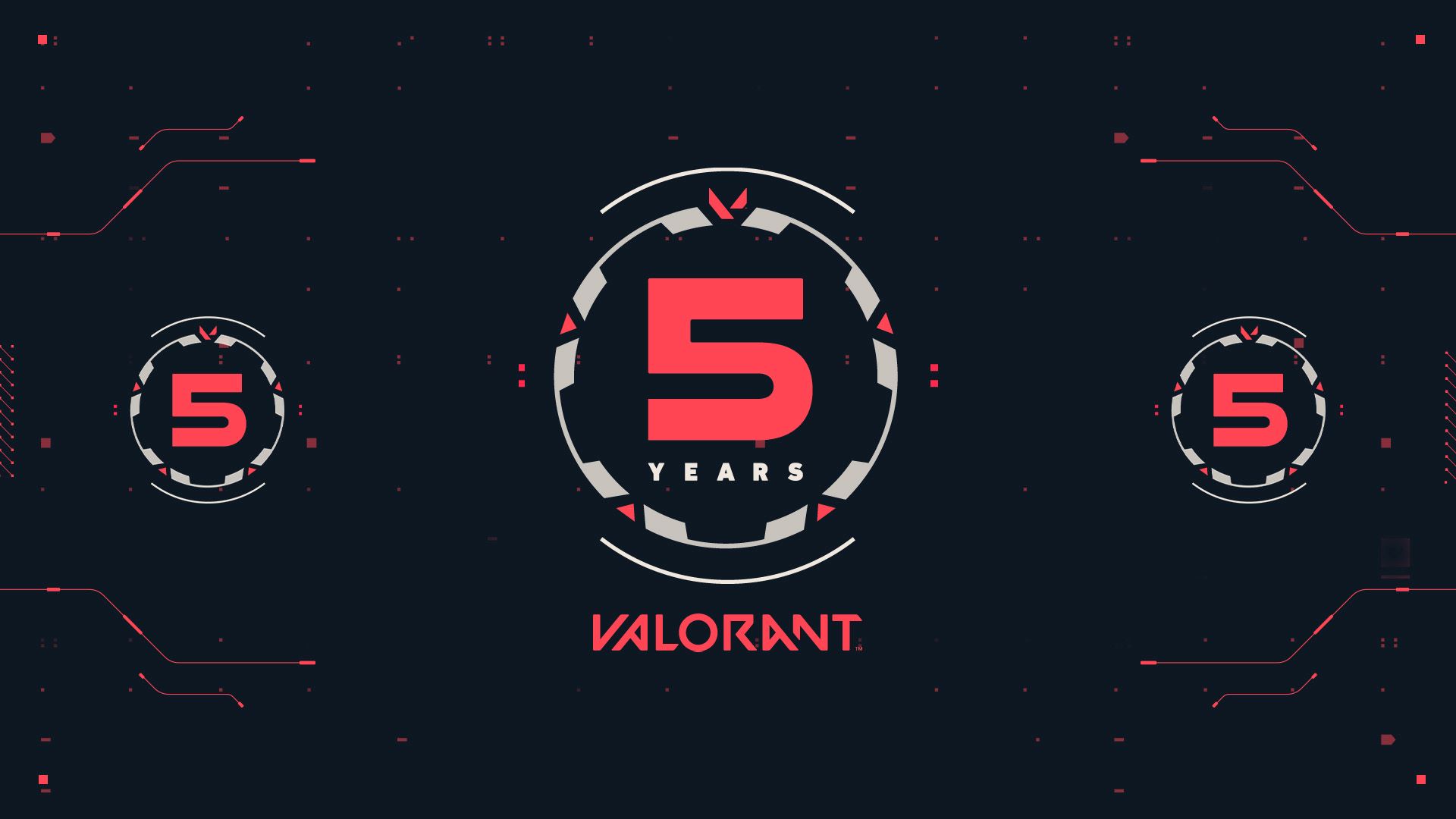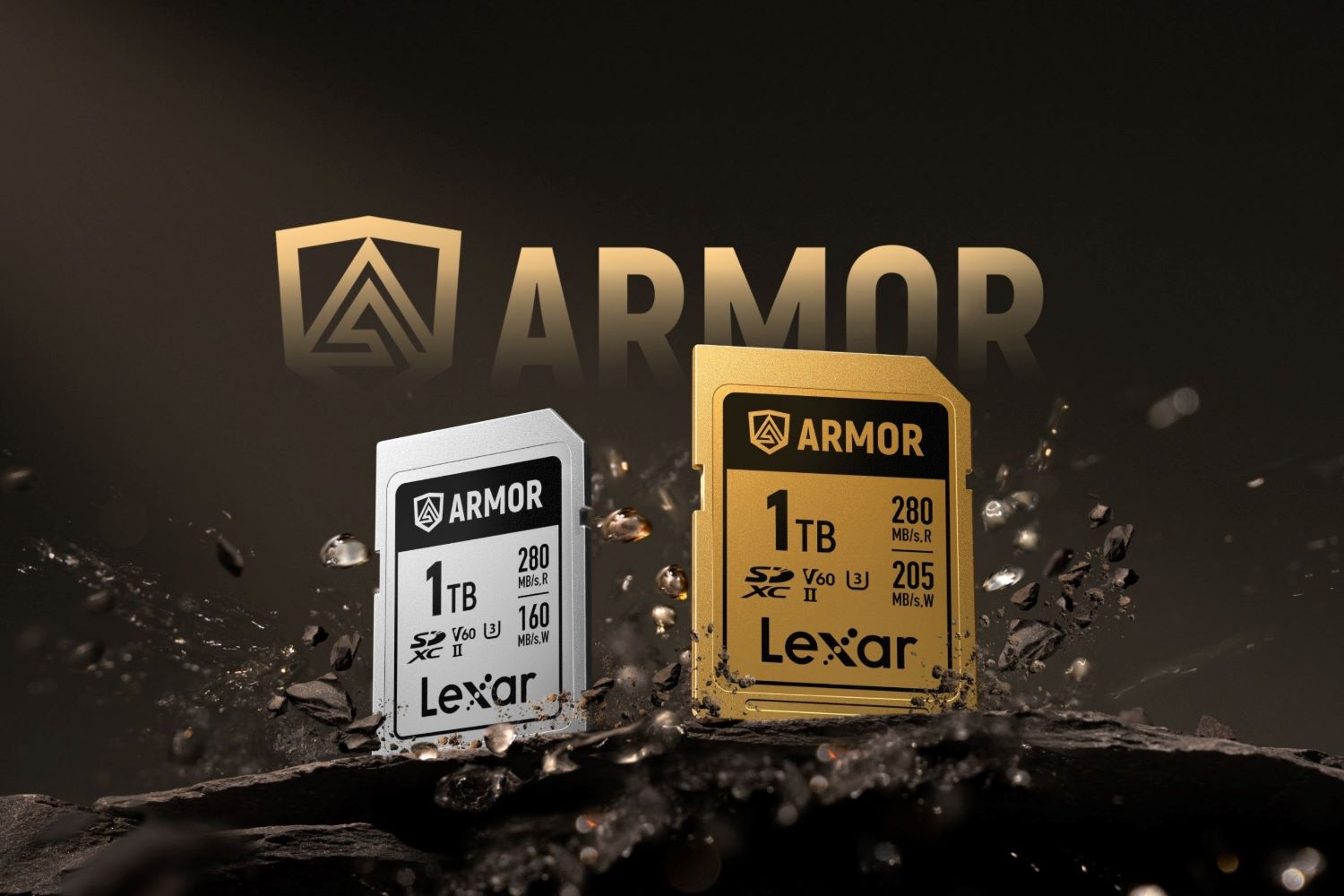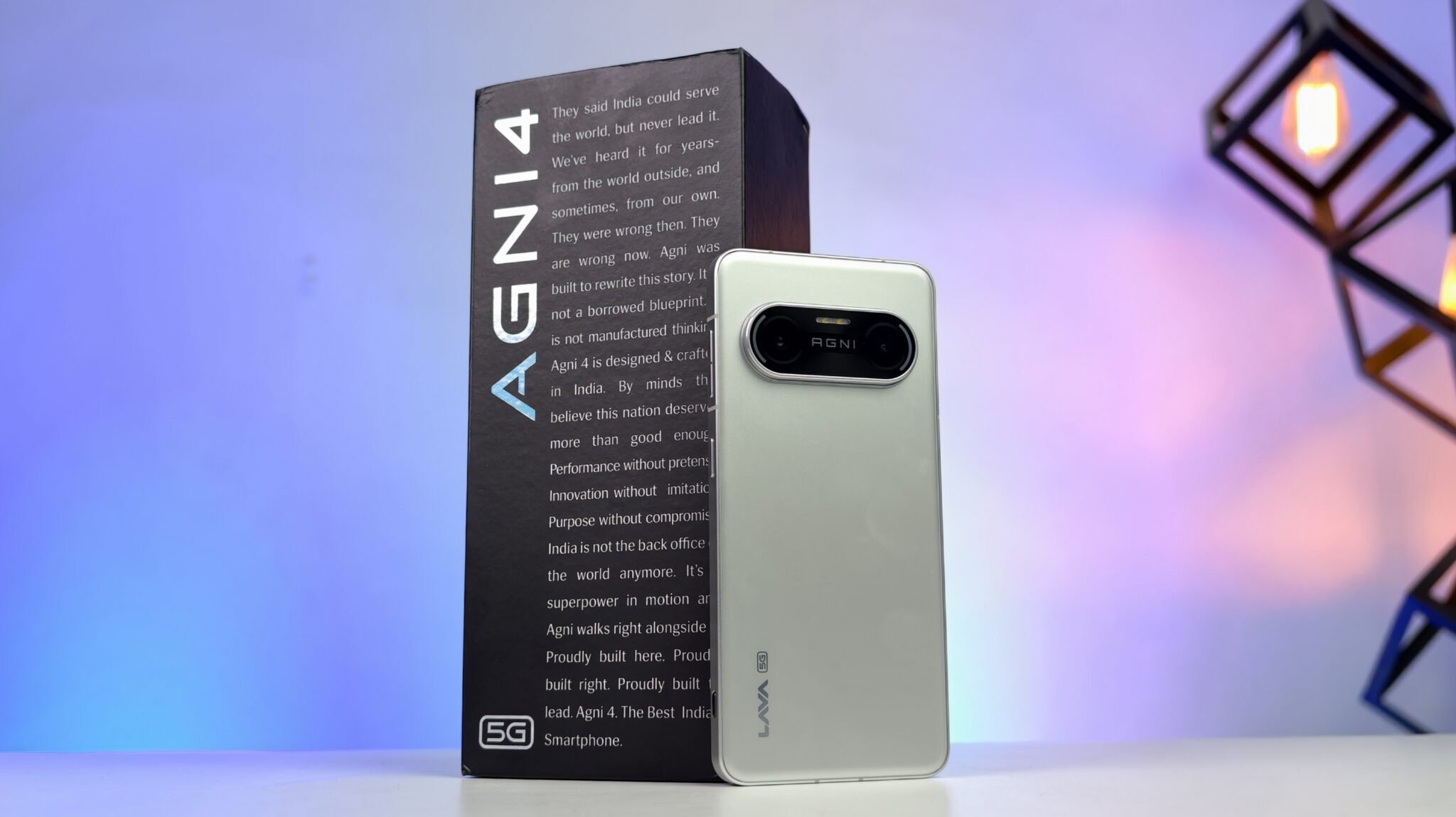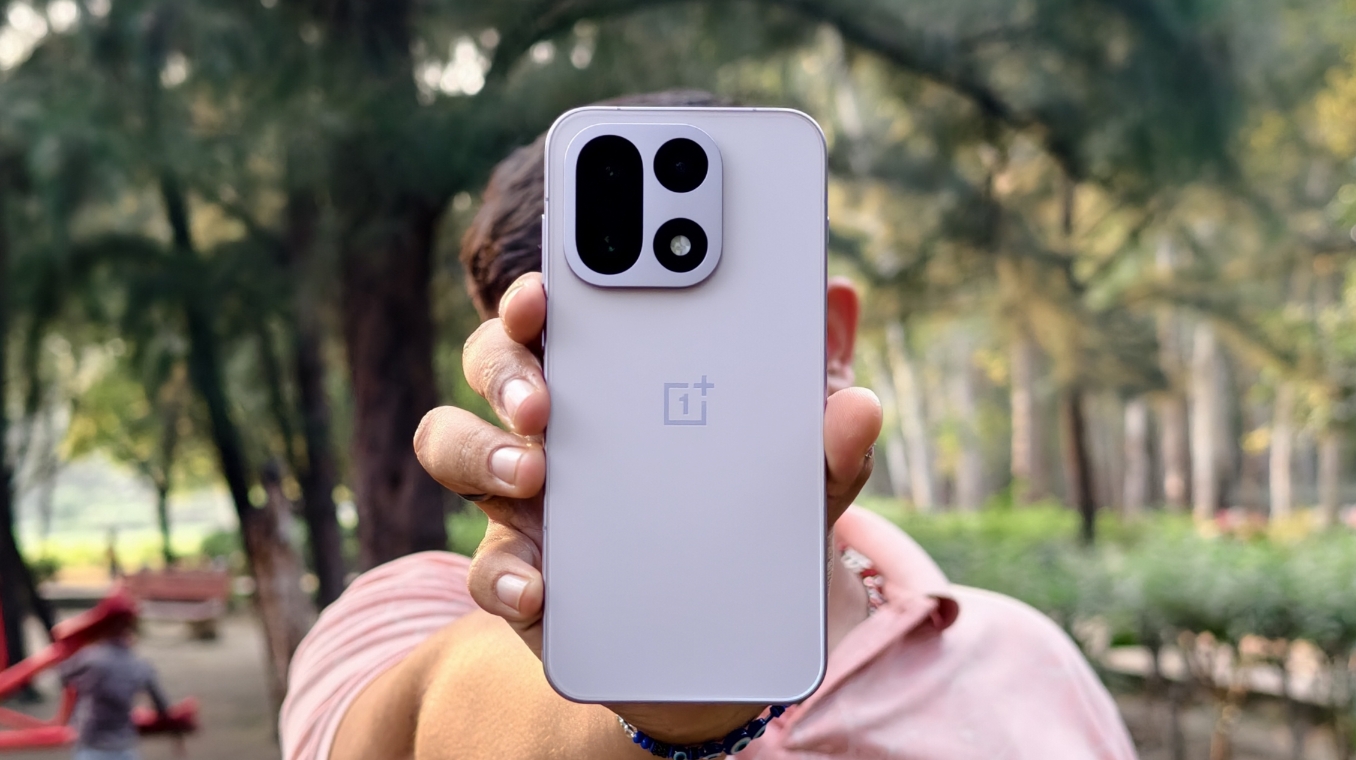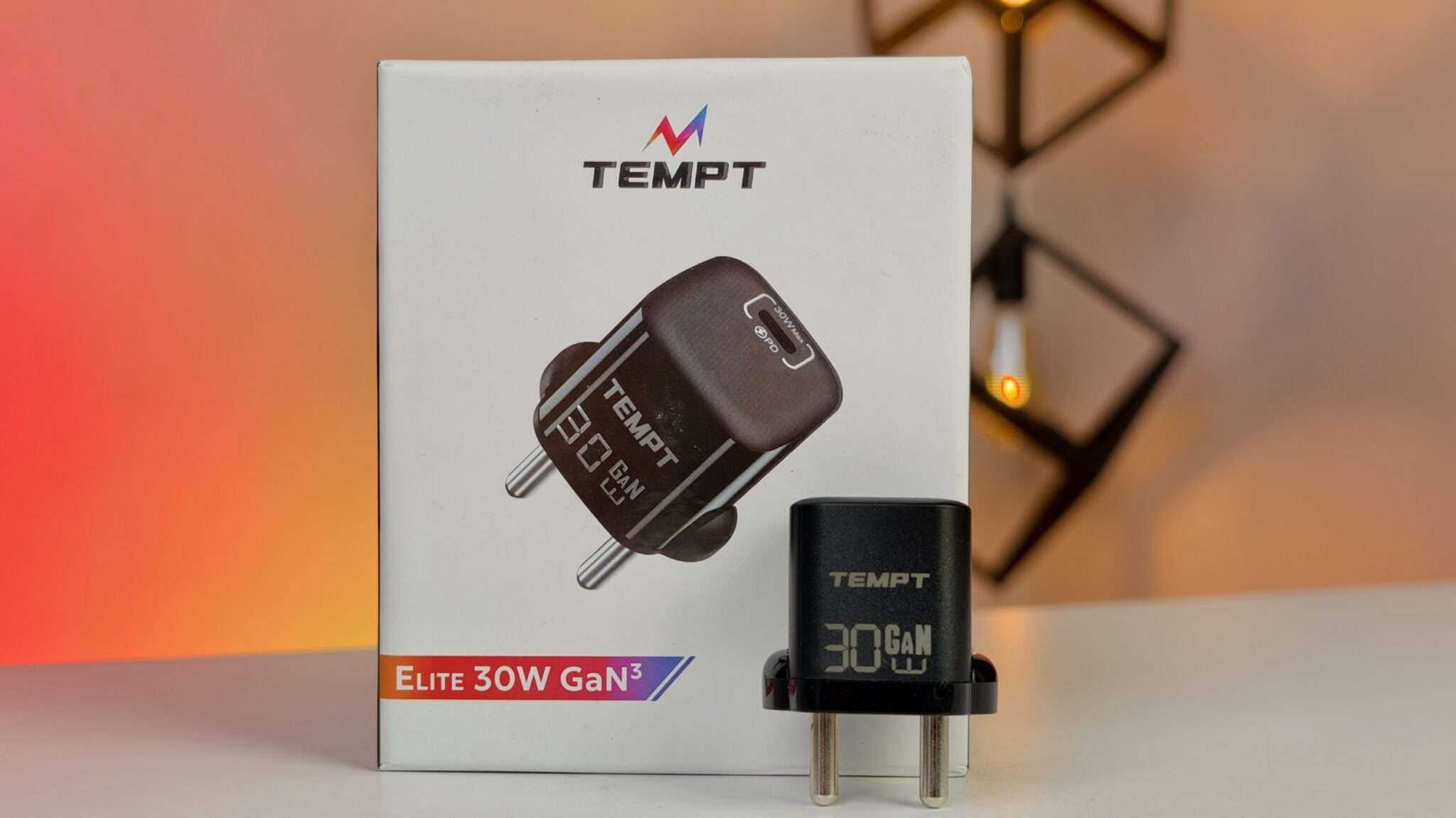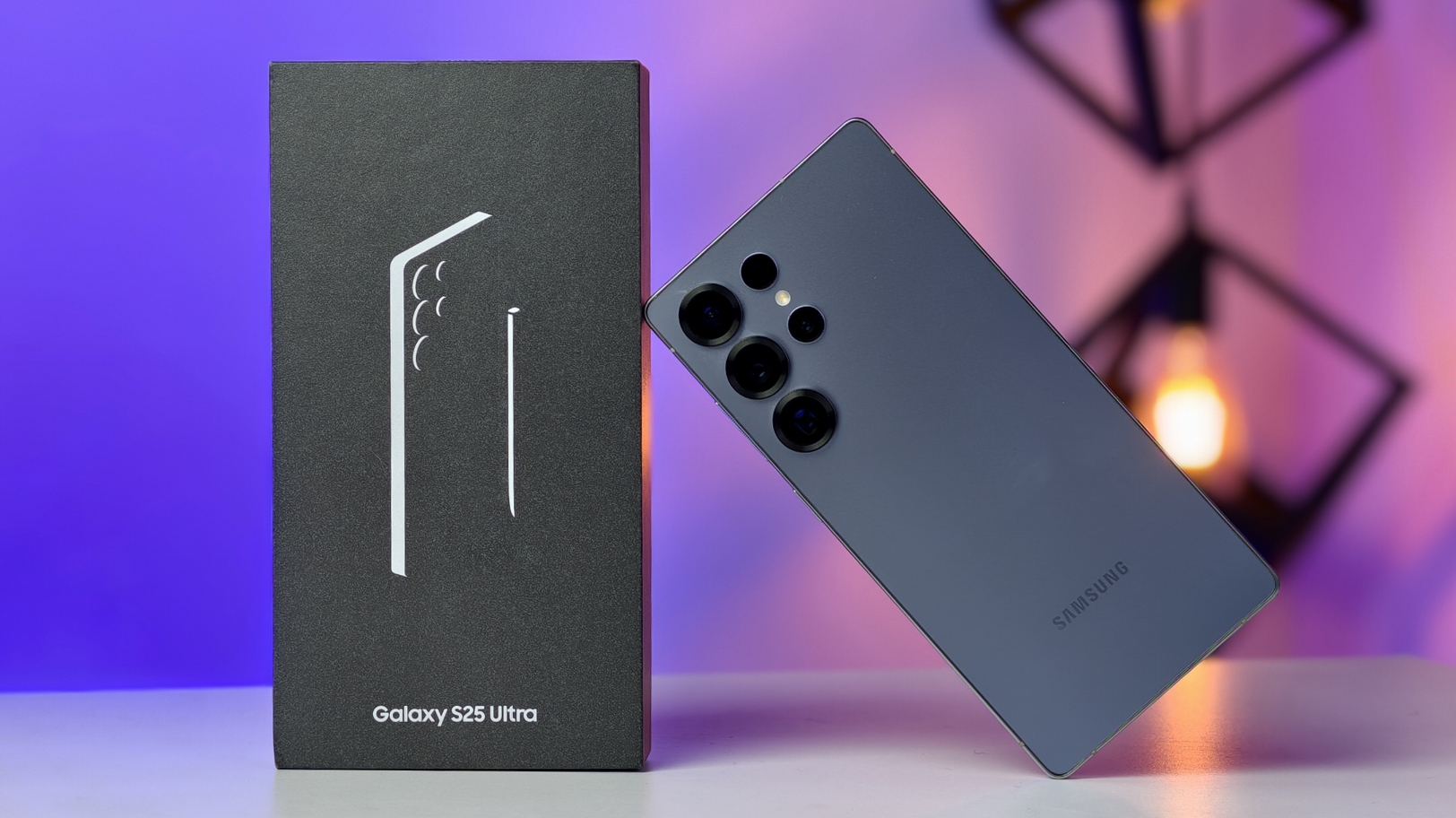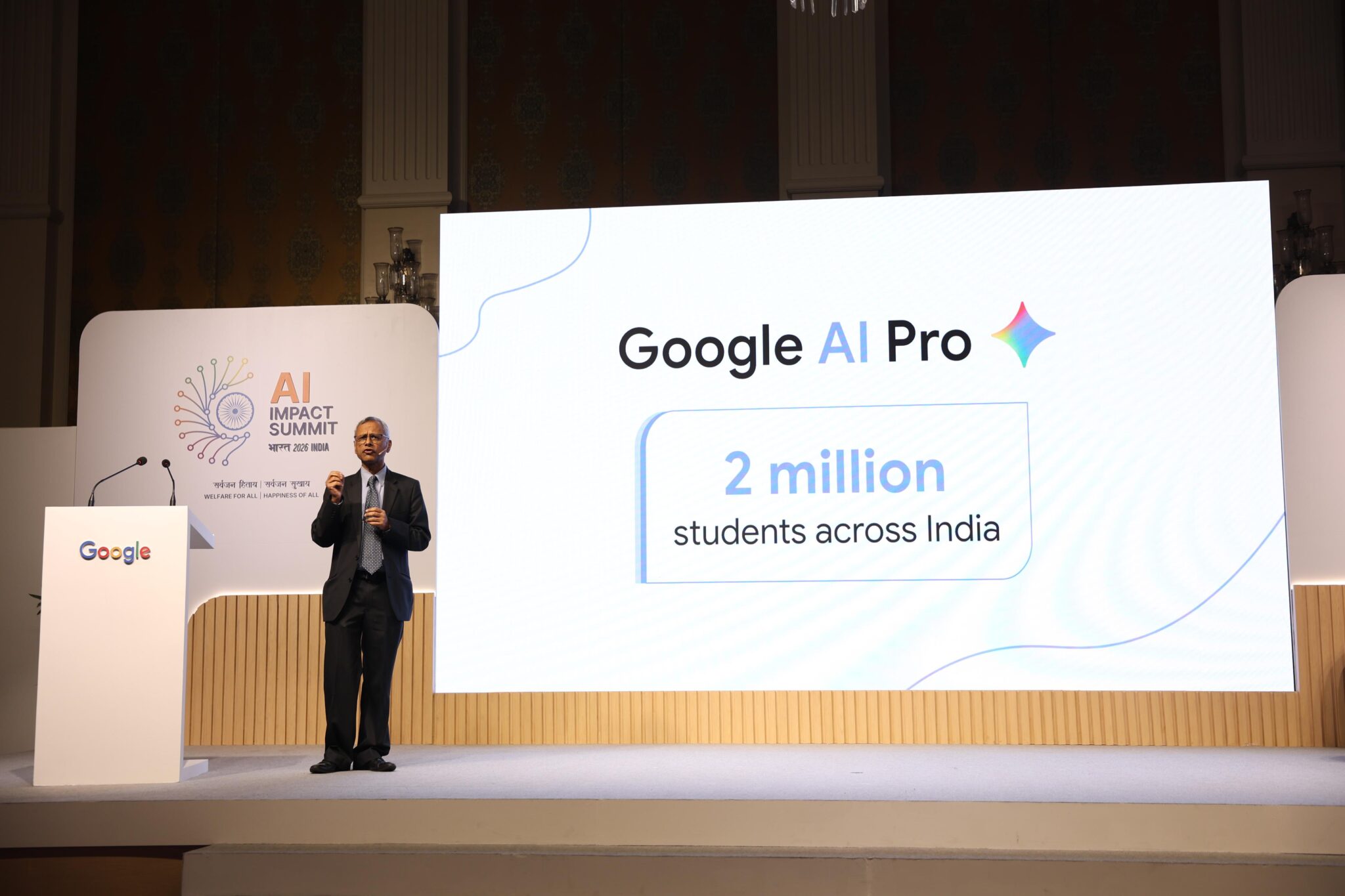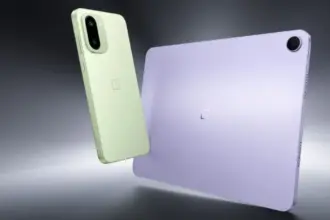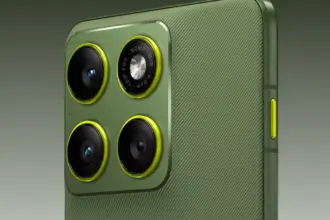Five years ago, when VALORANT first arrived in South Asia, it wasn’t just about planting spikes and clutching rounds. What unfolded was something far richer: a community began to grow—across dorm rooms, local LAN cafes, even late-night Discord calls. There were friendships, rivalries, and inside jokes that only made sense if you’d been there since the beta. This June, Riot Games marked the occasion with V5, a campaign that felt less like a promotion and more like a heartfelt tribute to the players who made the game what it is in the region.
A Celebration Made for the Players
At the heart of the V5 campaign was something refreshingly simple: appreciation. Riot didn’t just roll out shiny content—they crafted an experience rooted in where and how people actually play. Billboards popped up in busy Indian metros. Social feeds lit up with references only players would recognize. College campuses, cafés, and familiar haunts became stages for this homage.
The campaign was peppered with cultural nods—animated shorts based on true player stories, striking murals, and even events woven directly into academic calendars. It was a mix of nostalgia and now, a rare thing in marketing: authenticity.
Arun Rajappa, Country Manager for Riot Games in India & South Asia, put it this way: “V5 is our ‘Thank You’ to a generation of players who made VALORANT their own. Whether you’re top-fragging in ranked matches or reminiscing over your first LAN, this campaign is about your story.” And that sentiment ran through everything.

One Visual, Many Stories
There’s a lot a single image can say. The campaign’s main artwork managed to speak volumes—without saying a word. A hot cup of chai sat front and center, a wink to sleepless nights spent queuing up “just one more match.” Around it, cues from LAN café setups and the familiar tease of “NHK?” (“Nahi ho raha kya?”) stitched together a visual narrative of what gaming here really feels like. It wasn’t polished to perfection. It was familiar. And that’s probably why it landed so well.
Turning Heads on the Streets
You couldn’t really miss it. In Mumbai, Delhi, Gurgaon, and Kota, VALORANT showed up in real-world spaces where people might not expect to see gaming celebrated quite so boldly. Riot’s OOH (Out-of-Home) campaign didn’t just paste ads on billboards—it brought the game’s banter into public view.
“Kal aana kal,” and “Skin dede bro!”—phrases every VALORANT player has either said or heard—were plastered across high-traffic areas. It wasn’t just relatable; it felt like the community talking back. And here’s the best part: these weren’t arbitrary lines picked by marketers. Players themselves voted on what callouts should be featured. The result? A campaign that felt deeply collaborative, almost like an inside joke turned inside-out.
When Gamers Became ‘Toppers’
Then came June 2—JEE results day. It’s a massive deal for students and families across India. But Riot saw an opportunity for a little mischief. Enter ‘VAL Toppers’: a cheeky spin on those giant congratulatory banners cities like Kota are famous for.
Instead of academic rankers, the billboards spotlighted Radiant-ranked VALORANT players. It was clever, a bit rebellious, and honestly, it resonated. Because why shouldn’t top-tier gamers get a little limelight too? It captured that familiar pressure of “doing well” and flipped it into something celebratory, even humorous. Not everyone’s path is the same, after all.
Showing Up in Real Life
The V5 campaign didn’t stop online or on city streets. At the VCSA Split 2 finals in Mumbai’s Phoenix Market City, Riot hosted an open-access booth where even curious onlookers could drop in. People who had never touched the game got a taste of it—and walked away with custom merch like agent-themed marshmallows and V5 t-shirts.
And for those already deep in the scene, there was the V5 Game Night. Held at ApeCity in Navi Mumbai, India’s first org-led gaming café, the event was part tournament, part community meetup. There were showmatches, comedy sets (Raunaq Rajani had the crowd laughing), and a general air of celebration. It wasn’t flashy—it was fun, familiar, and honest.
The Bigger Picture
This isn’t just about one game or one campaign. India’s gaming market, according to the Lumikai State of India Interactive Media and Gaming Report FY24, hit $3.8 billion in FY24 and is set to climb to $9.2 billion by FY29. And here’s something telling—66% of gamers come from non-metro cities, and 43% are first-time earners aged 18 to 30. That’s not a niche. That’s a movement.
V5 reflects this shift. It’s not trying to sell a game. It’s recognizing how games now sit alongside films, cricket, and music as core parts of how people connect. For many in South Asia, VALORANT isn’t just something they play. It’s something they live.
In a way, V5 wasn’t just a celebration of the past five years—it was a marker of what’s ahead. And if this campaign proved anything, it’s that the community isn’t just growing. It’s leading the way.
